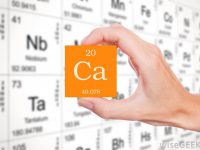Sources of Calcium Calcium is an additive metal commonly used in detergent additives. Only when the calcium level deviates more than 25% from the new oil or reference value should a concern be raised, but the likeliest cause is mixing or topping off with a different product. With normal and expected additive depletion due to…
Read more
Sources of Calcium







